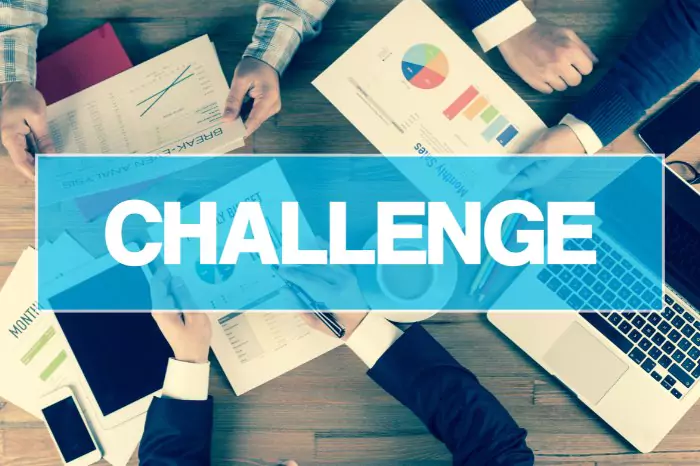Creativity is the lifeblood of industries that thrive on innovation, be it music, art, film, design, or fashion. But with great creativity comes a responsibility: protecting the rights of creators to ensure they can reap the rewards of their hard work.
Intellectual property rights (IPRs) are the backbone of this protection, fostering innovation while safeguarding against misuse. Whether you’re a budding artist, an experienced filmmaker, or a curious onlooker, understanding the intricacies of IPRs is crucial to navigating the ever-evolving creative landscape.
What Are Intellectual Property Rights?
Legal safeguards known as intellectual property rights provide authors complete authority over their creations, enabling them to choose how they are used, distributed, and made money off of them. These rights are essential for encouraging creativity and making sure that those who create are compensated for their work.
Copyrights protect literary, artistic, and musical works, ensuring that creators retain control over their unique expressions. From books and songs to movies and paintings, this category of intellectual property secures the originality of creative outputs.
Trademarks, on the other hand, shield brand identities, including logos, names, and slogans. By protecting these symbols, trademarks help businesses distinguish their products or services in the marketplace while building trust with consumers.
Design rights and patents are examples of additional types of intellectual property. Patents secure technical innovations or inventions, while design rights protect the visual appearance of products. Together, these protections create a robust framework that encourages creativity and innovation across industries.
Why Do IPRs Matter in Creative Industries?
Imagine composing a heartfelt song only to find it used in a commercial without your permission. This scenario highlights why IPRs are essential:
- Economic Incentives: They ensure creators can monetize their work.
- Fostering Innovation: Legal protection encourages creators to share their ideas without fear of exploitation.
- Cultural Preservation: Protecting original works maintains their authenticity and value over time.
Creative industries can safeguard their IPRs with Jurizmo, a platform offering various legal templates. You can find useful templates in the business section, specifically under the Intellectual Property Protection subcategory, to help ensure your creations are legally protected and properly monetized.
Common Challenges in Protecting Creative Work

1. Digital Piracy
The rise of the internet has made content sharing seamless but has also increased the risk of unauthorized use. For instance, artists often find their illustrations shared on social media without credit or compensation.
2. Plagiarism and Copycatting
Creators in industries like fashion frequently face challenges when their designs are copied and sold under different labels.
3. Legal Complexity
Understanding how to register and enforce intellectual property rights can be daunting, especially for small creators without access to legal counsel.
Practical Steps to Protect Your Work

Did you know that IP theft costs the U.S. economy between $225 billion and $600 billion annually? Safeguarding your rights is essential to ensure your creations are not exploited. Here are some practical steps to help protect your intellectual property:
1. Understand Your Rights
Familiarize yourself with the type of protection your work qualifies for. A song might require copyright registration, while a unique logo calls for a trademark application.
2. Register Your Work
While not always mandatory, registering your work can strengthen your claim in legal disputes. For example, filing a copyright with the U.S. Copyright Office provides tangible evidence of ownership.
3. Use Digital Tools
Platforms like Creative Commons allow creators to license their work under specific terms, clarifying how it can be used.
4. Monitor and Enforce
To find instances of unauthorized use of your creations, use tools such as Google Reverse Image Search. By acting, additional misuse can be prevented.
Conclusion
Intellectual property rights are more than just legal jargon — they’re the lifeline of the creative world. By understanding and utilizing these protections, creators can ensure their work is respected and valued. Whether you’re sketching designs, composing melodies, or producing films, taking proactive steps to safeguard your intellectual property is essential for a thriving career.



